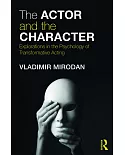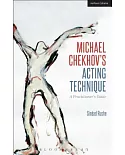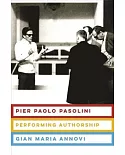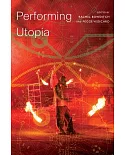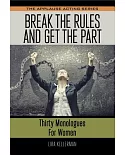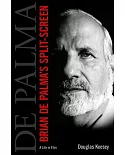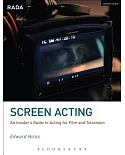Digital Movement addresses the evolving ways in which movement and its technological mediation can inform creative thinking and embodied practices. In order to identify unique
cross-disciplinary links within human movement research this book brings together experts from a number of creative disciplines including dance, theatre, sculpture, as well as computer and
mathematical art, whilst offering an integration of scholarly perspectives from cultural, media and performance studies. Drawing also on historical and contemporary perspectives, the book
argues that technology has become central to the way we understand and utilize movement material across a number of industries. Computer tools afford, amongst other things, customized ways to
capture, sample, notate, animate, choreograph, visualize and sculpt movement. More importantly, computers also transform how we think about motion, or rather, how we thinkin
motion—inviting us to do so collaboratively and holistically. Digital Movement shows that the technologization of human movement is a phenomenon that has the potential to have both
enhancing and disturbing effects on our lives. This is an important study for all scholars and upper-level students of contemporary movement practice and performance.



